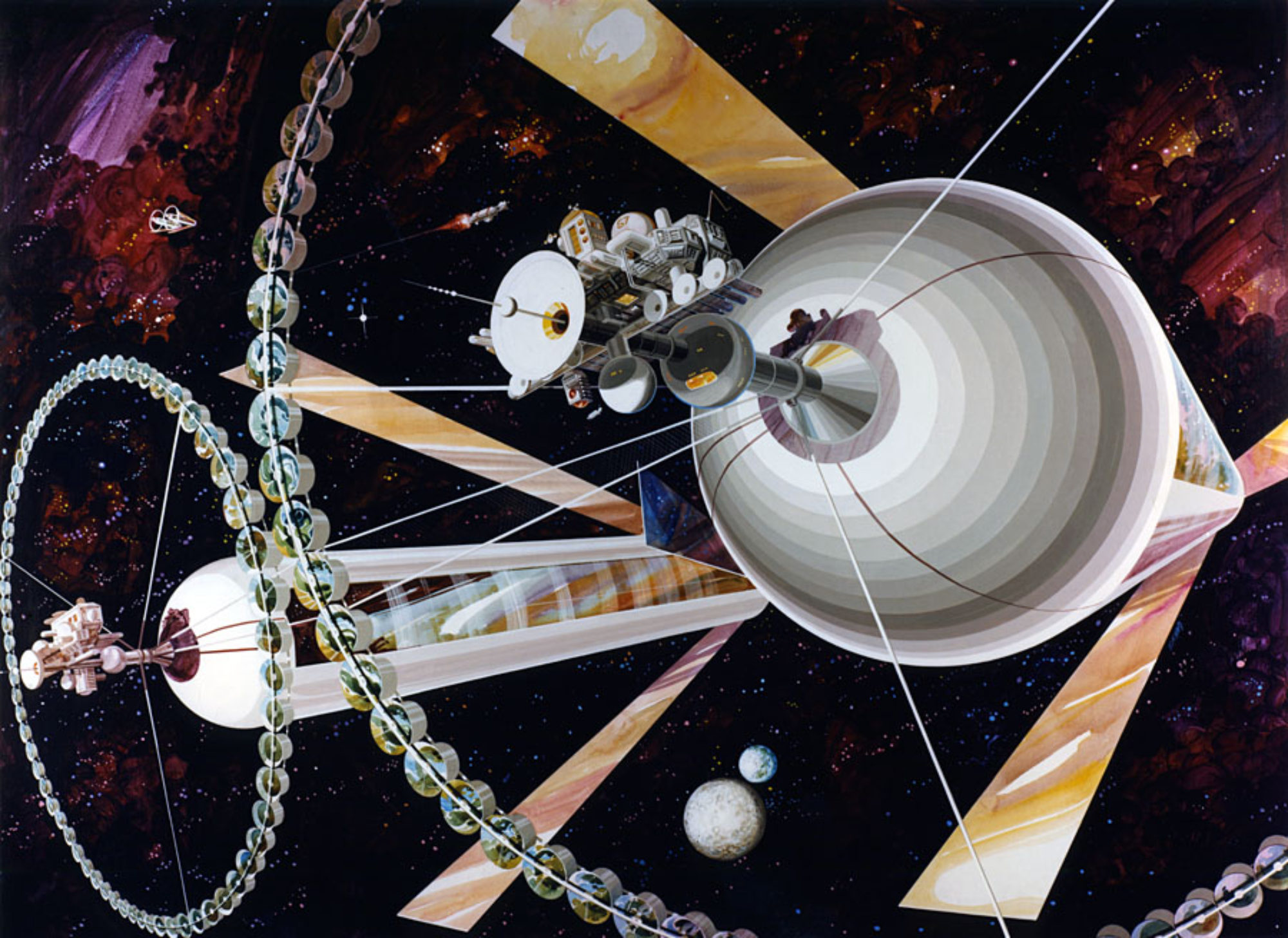
In a new paper in Acta Astronautica Raymond P. Martin, a propulsion test engineer at Blue Origin and Haym Benaroya, a professor of mechanical and aerospace engineering at Rutgers describe the former’s research he carried out as a graduate student under the latter analyzing the structural integrity of lunar lava tubes after pressurization with breathable air. As reported previously on SSP, subterranean lava tubes on the Moon and Mars hold much promise as naturally occurring enclosures that are believed to be structurally sound, thermally stable and would provide natural protection from micrometeoroids as well as radiation. If they could be sealed off for habitation and filled with breathable air, life could be simplified for colonists as they would not have to don space suits for routine activities.
“This paper makes the argument that … lunar lava tubes present the most readily available route to long-term human habitation of the Moon”

Martin opens the paper with a history of the discovery and physical characteristics of lunar lava tubes tapping geological data dating back to the Apollo program. The existence of a lava tube is sometimes revealed by the presence of a “skylight”, a location where the roof of the tube has collapsed, leaving a hole that can be observed from space. Using an engineering simulation software called ANSYS, he developed a computer model to assess the structural integrity of these formations when subjected to internal atmospheric pressure.
Martin creates a model for his simulation based on the morphology of a relatively small lava tube known to exist from imagery taken by the Chandrayaan-1 spacecraft, the first lunar probe launched by the Indian Space Research Organisation . This structure averages 120 meters in diameter and was chosen because it has a rille-type opening level to the surface and could be sealed off at two locations. This approach makes sense as a starting point because the cavern would be easy to access and less energy would be be required to pressurize a smaller enclosure. Thus, the amount of infrastructure needed to establish early settlements would be minimized.
The goal of the simulation was to assess the integrity of the enclosed space under varying roof thicknesses and pressurization levels. Failure conditions were defined using commonly employed methods of assessing stability of tunnels in civil engineering and based on lunar basaltic rock general material properties known from testing of samples brought back from the Moon in the Apollo program and lunar meteorites. Finally, a formula was derived for safety factors associated with the failure conditions to ensure robustness of the design.
When running the simulation over various roof thicknesses and internal pressures, an optimum solution was found indicating that it is possible to pressurize a lava tube with a roof thickness of 10 meters with breathable air at nearly a fully atmosphere while maintaining its structural integrity. This would would feel like sea level conditions to people living there.
Being able to pressurize a lava tube for habitation could significantly simplify operations on the Moon as the infrastructure needed to make surface dwellings safe from radiation, micrometeorite bombardment and thermal extremes would be extensive adding costs to the settlement.
“A habitat within a pressurized tube would offer large reductions in
weight, complexity, and shielding, as compared to surface habitats.”
Once a permanent settlement has been established and engineering knowledge advances to enable expansion into larger lava tubes, we can imagine how cities could be built within these spacious caverns, and what it would be like to live and work there. SSP explored just this scenario with Brian P. Dunn, who painted a scientifically accurate picture of such a future in Tube Town – Frontier, a hard science fiction book visualizing life beneath the surface of the Moon. Dunn envisions a thriving cislunar economy with factories producing spacecraft for Mars exploration.

Martin and Benaroya dedicated their paper to the memory of Brad Blair, a mining engineer who was a widely recognized authority on space resources.
The authors both appeared on The Space Show last December to share insights on this groundbreaking research. Benaroya has been featured previously on SSP with another of his graduate student’s (Rohith Dronadula) thesis on hybrid lunar inflatable structures.
Update March 16, 2023: Martin and Benaroya were featured in The Economist, via a recent licensed post in Yahoo Finance.






